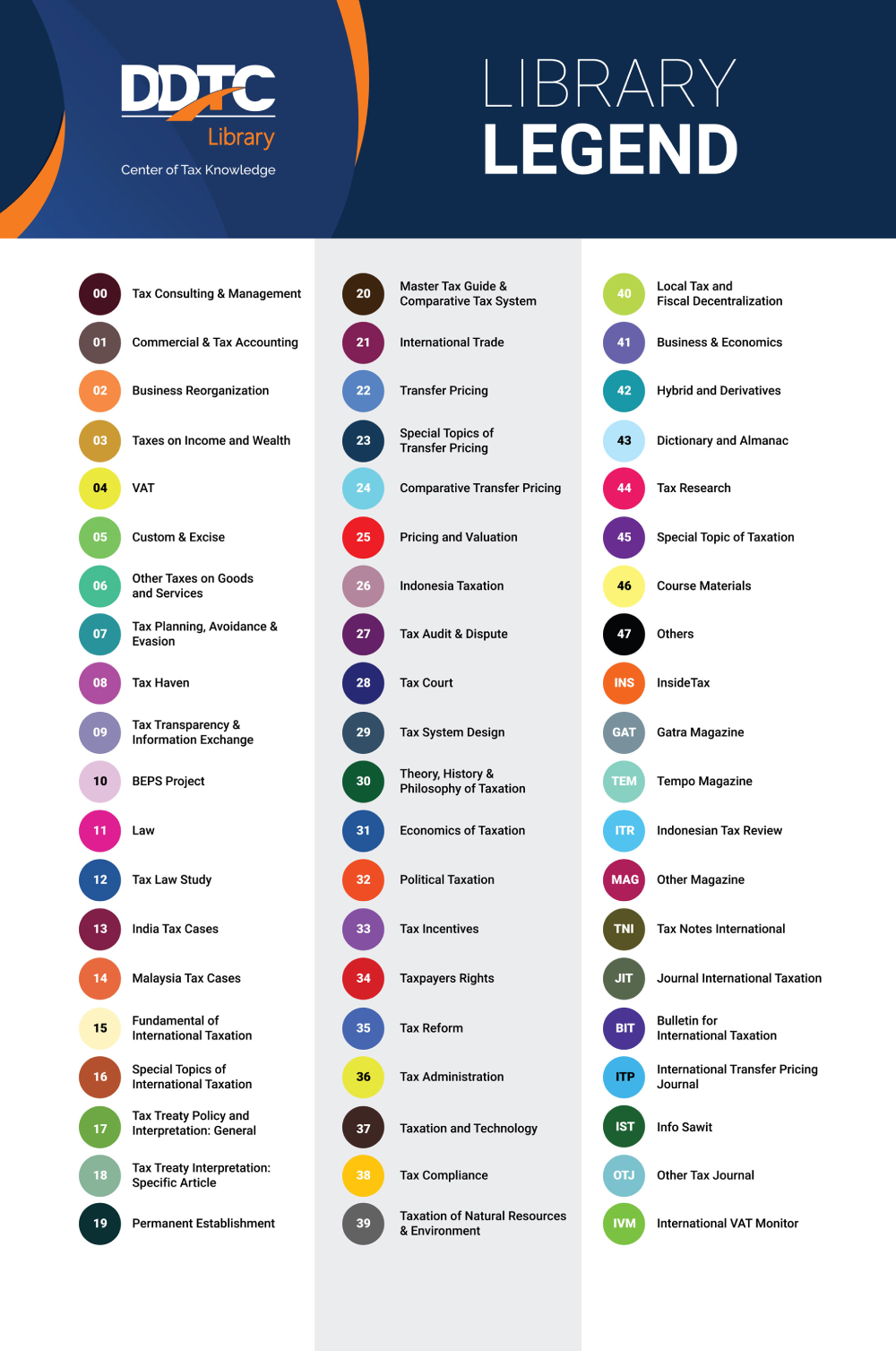
Book
The Buoyant and Lucrative Palm Oil Industry: Prospects and Challenges of Sustaining Indonesia's New Growth Frontier
The overarching goal of writing this book, has always been to write comprehensive but not complex, an easy-to-read, accessible, text book on CPO for pundits, students, practitioners, and general readers alike. Simply because there is none in both virtual and physical book stores that fulfills such features. For those with keen interest in oil and fatty acid dynamics, this book is a must read. For students of estate crops, this exhaustive account of the most important oilseed crop in Indonesia, is a must have. Economic historians, who revel in connecting the dots with respect to palm oil industry development, this book is as rich in substance, details, as it is varied in perspectives. For those international trade enthusiasts, adding this book to your valuable collections, is a bang worth the buck. The list of those likely to benefit includes anthropologists, agronomists, political economists, and Oilseeds consultants, teachers and students of plantation agriculture, NGOs working on the relationship between estates crop farming and societal well-being, and policy makers at the national and sub national government level, and international development agencies. Chapter one gives a general outlook on oil palm and palm oil products, and the role of the palm oil industry to the Indonesian economy. The chapter also gives the reader a glance at the oil palm production arrangements in Indonesia, Meanwhile, Chapter Two lays the political economy background that to a large extent shapes the dynamics and developments on public policy and socio-economy, and to a certain extent politics that relates to palm oil development. The chapter in brevity takes the reader back in time to the Dutch colonial regime, and steers through contemporary Indonesia that commences with the post-independence period that comprises Sukarno, Suharto, and Reformation Periods. Chapter three tackles the palm oil supply dynamics. An overview of the role foreign companies in the Indonesian palm oil industry is presented, as well as the impact CPO exports have on CPO production and supply. Chapter four navigates CPO demand dynamics and trajectory. Specifically, the chapter assesses the influence of duties on CPO imports and farm subsidies, export rebates and credit schemes to producers and exporters of substitute crops on CPO demand in export markets. Chapter five delves into Indonesian CPO market dynamics, where the role of the state is assessed, features of CPO domestic market, and the role BULOG continues to play. Chapter six delves into the opportunities and challenges the Indonesian CPO Industry faces, dovetailed with policy recommendations that highlight feasible and credible ways to exploit opportunities, overcome challenges, and alleviate persisting problems. Chapter seven assesses the impact globalization is having on CPO industry: WTO protocols and how they apply to CPO trade; importance of China and India to Indonesia’s CPO exports; and prospects and potential problems of CPO trade. Chapter eight tackles oil palm production and climate change dynamics, highlighting the issues at stake, and policy initiatives to make oil palm production environment friendly, hence sustainable. Chapter nine discusses palm oil and food security nexus, exploring the link between oil palm production, environmental degradation, poverty incidence, and food insecurity. Chapter ten tackles the palm oil–biofuel nexus, and traverses issues that range from biofuel production and demand drivers, the role palm oil plays in this, and attendant influence on the nature, form, trajectory of social, food security, energy security, and environmental protection policies. Chapter eleven, attempts to identify ways forward with respect to taking palm oil industry on a sustainable path, and the gamut of opportunities and challenges that lie ahead.
Detail Information
| Call Number |
41 BUO muy
|
|---|---|
| Publisher | : ., |
| Collation |
xxii, 412 p.; 28 cm
|
| Language |
English
|
| Classification |
41 BUO muy
|
| ISBN/ISSN |
-
|
| Edition |
-
|
| Subject(s) |






